Kathryn Parker (SC ‘23)
With the recent election shifting the balance of power in the Senate to the Democrats, a divided Congress struggled to address the COVID-19 pandemic and its economic repercussions. Throughout his campaign, Biden pledged to provide the American public with a relief package should he become president. Since he took office, Congress has been fairly supportive of this mission and has now passed a comprehensive relief bill. The $1.9 trillion relief package passed March 8th comes in addition to other steps President Biden has taken, including executive orders to boost food benefits for the most economically vulnerable Americans and to raise the federal minimum wage to $15. He has also authorized a strengthening of Medicaid and the Affordable Care Act.
The COVID-19 pandemic is devastating the United States. With an insurmountable death toll and overwhelming economic effects, the relief package passed by Congress could not have come sooner. The United States leads the world with the greatest number of Covid-19 cases, with over double the number of cases for the next leading country (India). While the Covid-19 vaccine is slowly becoming streamlined, due to the Johnson & Johnson vaccine being approved, this package will still have a significant impact on supporting citizens.
The $1.9 trillion bill was approved 219 to 212 in the House and narrowly passed the Senate. It includes $1,400 direct payments, a $400-a-week federal unemployment bonus, a per-child allowance of up to $3,600 for one year and billions of dollars to distribute the coronavirus vaccines and to assist schools and local governments. The $1,400 checks will be distributed to individuals who make up to $75,000 per year or married couples making $150,000, and smaller payments will be issued to individuals who make up to $80,000 per year, or $160,000 for couples.
In the House the bill did not pass with bipartisan support. Not only did zero Republicans vote in favor of the package, but two Democrats broke ranks and voted against it as well, Kurt Schrader of Oregon and Jared Golden of Maine. This is important because it means that if Congress did not flip from red to blue during the election – there is no way that Biden would have been able to push this package through Congress.
After the bill moved to the Senate, they removed a provision in the legislation increasing the federal minimum wage to $15, as expected. The Senate maintained direct payments of up to $1,400 to most Americans, and the legislation included an expansion of the child tax credit for one year. Most notably, the Senate decision lessened the federal unemployment bonus to $300-a-week, as opposed to the $400 passed by the House. It also puts new funding into Covid-19 vaccine distribution and testing, rental assistance for struggling households and K-12 schools for reopening costs.
Bipartisan support of the bill is still lacking, but the Democrats achieved their goal to approve the relief plan and send it to President Biden’s desk before the March 14 expiration of unemployment aid. While Republicans vehemently opposed the legislation as they say it puts billions into unnecessary spending, it ultimately made it through Congress.
The passage of this relief package reveals how much power the Democrats have in Congress right now. Two branches of the three-branch federal system are blue, and this sways the results of several inquiries.
A bill this economically massive would have never made it through the House without the Democratic majority. To put it in perspective, the United States is the country that spends the most money on defense. The U.S. spends more on defense than China, India, Russia, Saudi Arabia, France, Germany, United Kingdom, Japan, South Korea, and Brazil – combined. Yet, despite this outrageous amount, it is still billions lower than the relief bill. In the 2019 fiscal year, the U.S. spent $732 billion on defense. To reiterate, the Biden bill is for $1.9 trillion. Meaning this relief package is one trillion one hundred sixty-eight billion dollars more than the defense budget of the United States. This is not to say that the American public is in desperate need of monetary relief. The labor market and unemployment rate continue to reflect the impact of the coronavirus pandemic and efforts to contain it. The most economically vulnerable of citizens are being hit the hardest by the pandemic and its repercussions. The question circling the political sphere currently is whether $1.9 trillion is too much. Republicans, and even some Democrats, say ‘yes.’ Nevertheless, many Americans can expect to see checks very soon.

